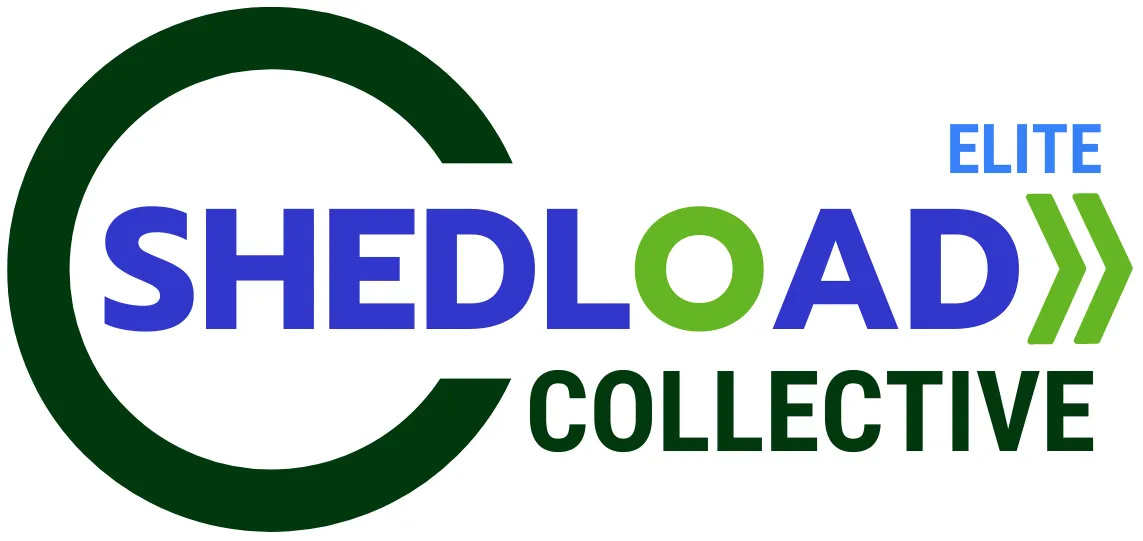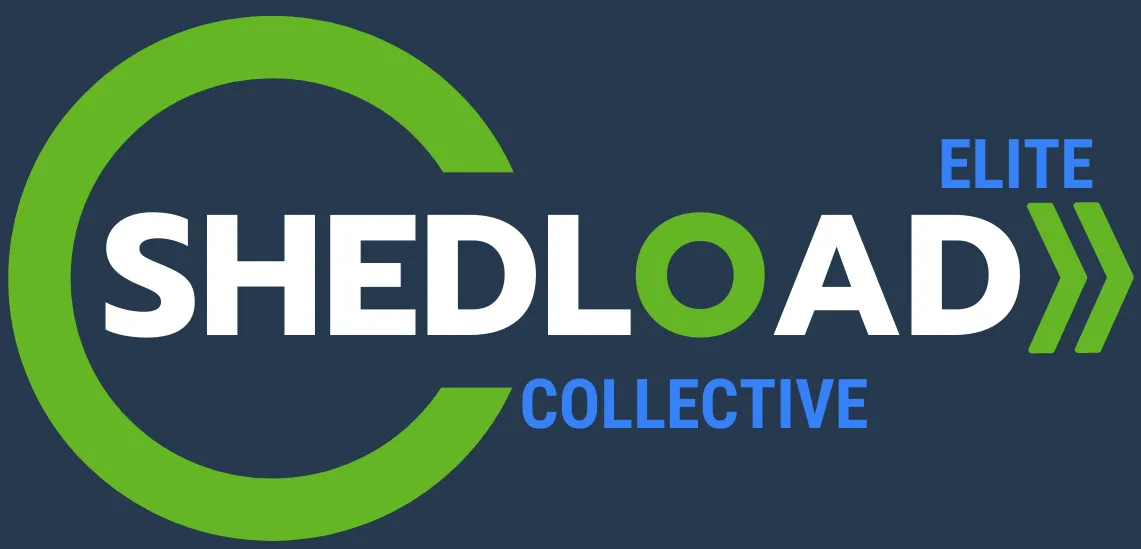
Navigating Organizational Change Management Successfully with Business Coaching at the ESC
One major goal to achieve in using Coach Millicent at the Elite Shedload Collective is Navigating Organizational Change Management Successfully. A business owner leading a company through transition will implement effective communication and change management strategies, resulting in a 50% faster adoption rate of new technologies and a 30% reduction in resistance to change among employees.
Here are concrete business gains (in percentages) a business can achieve by using profit acceleration techniques and marginal utility theory when navigating organizational change management successfully, as guided by Coach Millicent and The ESC:
Faster Adoption Rates of New Processes/Technologies: By identifying the communication and training methods with the highest impact on employee buy-in (marginal utility of change management tactics) and implementing them rapidly (profit acceleration), businesses can see a 20-40% faster adoption rate of new processes or technologies.
Reduced Resistance to Change: Addressing the key concerns and pain points of employees early and effectively (profit acceleration focusing on addressing resistance) using the communication channels that resonate most (marginal utility of communication strategies) can lead to a 15-30% reduction in resistance to organizational changes.
Minimized Disruption to Productivity: By focusing change management efforts on the most critical workflows and implementing changes in a phased and well-supported manner (profit acceleration minimizing negative impact), businesses can limit the disruption to overall productivity to less than 10%, compared to potentially much higher disruption without effective change management.
Faster Realization of Benefits from Change: By prioritizing the changes that will yield the quickest and most significant positive impact on business goals (marginal utility of specific changes) and implementing them efficiently (profit acceleration), businesses can realize the anticipated benefits of the change 25-50% faster.
Lower Employee Turnover During Transition: Effective communication, support, and involvement of employees in the change process (profit acceleration focusing on employee retention) using strategies that address their needs and concerns (marginal utility of employee support) can lead to a 10-20% reduction in employee turnover during the transition period.
Improved Employee Morale and Engagement Post-Change: By ensuring the change is communicated clearly, employees are well-trained, and the benefits of the change are evident (profit acceleration focusing on positive outcomes), businesses can see a 15-30% increase in employee morale and engagement levels after the change is implemented.
Faster Integration of Merged or Acquired Entities: Applying profit acceleration principles to the integration process by focusing on key synergistic areas and rapidly aligning critical systems and processes (marginal utility of integration priorities) can lead to a 30-50% faster integration timeline.
Increased Project Success Rates for Change Initiatives: By using a structured and agile approach to change management, focusing on clear goals and rapid feedback loops (profit acceleration for project execution), businesses can see a 20-40% increase in the success rate of organizational change initiatives.
Reduced Costs Associated with Change Management: By focusing resources on the most impactful change management activities and avoiding unnecessary or ineffective approaches (marginal utility of change management investments), businesses can achieve a 10-20% reduction in the overall costs associated with organizational change.
Enhanced Organizational Agility and Adaptability: Successfully navigating change using these principles builds the organization's capacity to adapt to future changes more quickly and effectively, leading to a long-term increase in organizational agility by 15-25%.
When a business navigates organizational change management successfully using profit acceleration principles, the impact on the bottom line and annual profit gain can be significant and often realized more rapidly than with traditional, less focused approaches. Here's how:
Profit Acceleration Principles in Action for Change:
Focusing on High-Impact Changes: Instead of trying to implement all desired changes at once, profit acceleration identifies the specific changes that will yield the most significant and quickest positive impact on key business objectives, such as revenue growth, cost reduction, or efficiency improvements. Coach Millicent at The ESC would help prioritize these high-leverage changes.
Rapid Implementation and Iteration: Profit acceleration emphasizes swift action and iterative implementation of changes. This allows the business to realize benefits sooner and make necessary adjustments based on early feedback and results, rather than waiting for a prolonged, large-scale rollout.
Prioritizing Revenue-Generating and Cost-Saving Changes: The focus is heavily weighted towards changes that directly and quickly contribute to the bottom line, either by increasing revenue streams, optimizing pricing, or reducing significant costs.
Minimizing Disruption to Core Operations: Profit acceleration seeks to implement changes in a way that minimizes negative impact on day-to-day operations and revenue generation. This might involve phased rollouts, targeted training, and robust support systems.
Impact on Business Bottom Line and Annual Profit Gain:
Faster Realization of Cost Savings: By quickly implementing changes aimed at operational efficiency or resource optimization, businesses can realize significant cost savings 25-50% faster than with slower change management processes. This directly impacts the bottom line.
Accelerated Revenue Growth from New Initiatives: If the organizational change involves launching new products, entering new markets, or adopting new sales strategies, a rapid and well-executed change management process can lead to accelerated revenue growth, potentially increasing annual revenue by 10-20% or more in the initial years post-change.
Reduced Costs Associated with Change: Inefficient change management can be expensive due to prolonged disruption, resistance, and employee turnover. Profit acceleration minimizes these negative impacts, leading to a 10-20% reduction in the overall cost of implementing the change.
Improved Employee Productivity Sooner: When change is managed effectively and employees are quickly brought on board and trained, the dip in productivity often associated with organizational change is minimized, and productivity can return to or even exceed previous levels 15-30% faster. This directly impacts output and profitability.
Increased Customer Satisfaction and Retention: If the organizational change improves customer-facing processes or product/service delivery, a smooth transition leads to faster improvements in customer satisfaction and retention, driving increased revenue and reducing customer churn (a significant cost).
Enhanced Organizational Agility and Adaptability: Successfully navigating change quickly and efficiently builds the organization's capacity to adapt to future market shifts and opportunities, leading to sustained long-term profitability and a stronger competitive advantage.
In essence, profit acceleration principles applied to organizational change management transform it from a potentially disruptive and long-term process into a driver of rapid and significant financial improvement. By focusing on high-impact changes, implementing quickly, and minimizing disruption, businesses can realize the benefits of change much sooner, leading to a faster boost to their bottom line and annual profit gain.
Are you interested in learning more about our different coaching offerings? Feel free to contact us anytime and check out our wide range of services to support whatever short or long term needs you’re currently facing.



